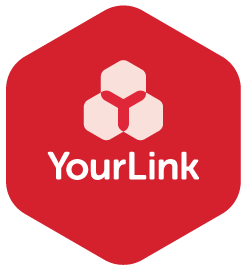How technology helped us with Palliative Care at home
Image Source: tumsasedgars, 123rf.com
Palliative care isn’t discussed much and it is incredibly difficult when you are confronted with it personally.
My family and I know this too well. After three years of mums’ treatment for Pancreatic Cancer, we had the difficult situation of the treatment no longer working and mum requiring palliative care from March 2018 until late July 2018 when mum passed away. As a family we didn’t understand what this meant until we were faced with it. While we never expressly made the decision for mum to pass away at home, we did intend to keep her at home as long as possible and look after her in the comfort of my parents’ home of 40 plus years. She did pass away at home surrounded by family.
I was recently part of a Carers NSW Panel discussion around Digital Solutions for Carers and I thought it would be useful to share how we used technology to support us, as a family, during mum’s care.
Nurses, carers and professional staff provide invaluable support during this time. We found technology can have a subtle role and can make a big difference.
Group chat - early on during mum’s health treatment we set up a group chat between my siblings to help us with the updates related to mum’s care. We were able send quick updates to the group and coordinate that someone was with mum as well as the nutrition and pain management, which all became incredibly complex.
Online resources - finding online tools related to Cancer treatment, Palliative Care, End of Life instructions and mental well being were essential for us to be better informed about what was happening.
As a reference, we found these sites incredibly useful. For the NSW based ones, there would most likely be a local one for you if you are outside NSW.
Text messaging and email - when someone is going through palliative care, between the emotional and physical care requirements carers can’t easily talk on the phone. Quick text and email messages made it easy for us to send updates and schedule visits with family, friends and the professional care team.
Use the camera on the device - I lost count of the number of times we took photos of medication labels, appointment cards, list of medications, diagrams and health aids. We also had a scan of the Advance Care Plan on our devices in the event that it was required urgently.
Calendar and reminders - having a calendar with me at all times meant we could easily manage the appointments related to mum’s treatment, palliative care and coordination of the various people as well as managing the YourLink business and personal life.
Photos, albums and video calling - photos became an important part of what we used to support mum. We used a range apps so she could easily see precious photos that weren’t in printed photo albums. We would have also used FaceTime to connect mum with family and friends overseas however everyone was nearby.
Streaming on demand - during mums’ final weeks, when she became bed bound, we set up the iPad so that she could watch the news, Home and Away or Netflix. It was a small amount of normality in a heartbreaking and challenging time.
The following iOS Streaming platforms are all free. There are also Android or browser versions of these platforms which can be found by searching.
I hope this is a little helpful for anyone who may be going through this kind of difficult situation.
Richard Scenna, 0408 742 743, richard@yourlink.com.au
YourLink Director & Co-Founder


